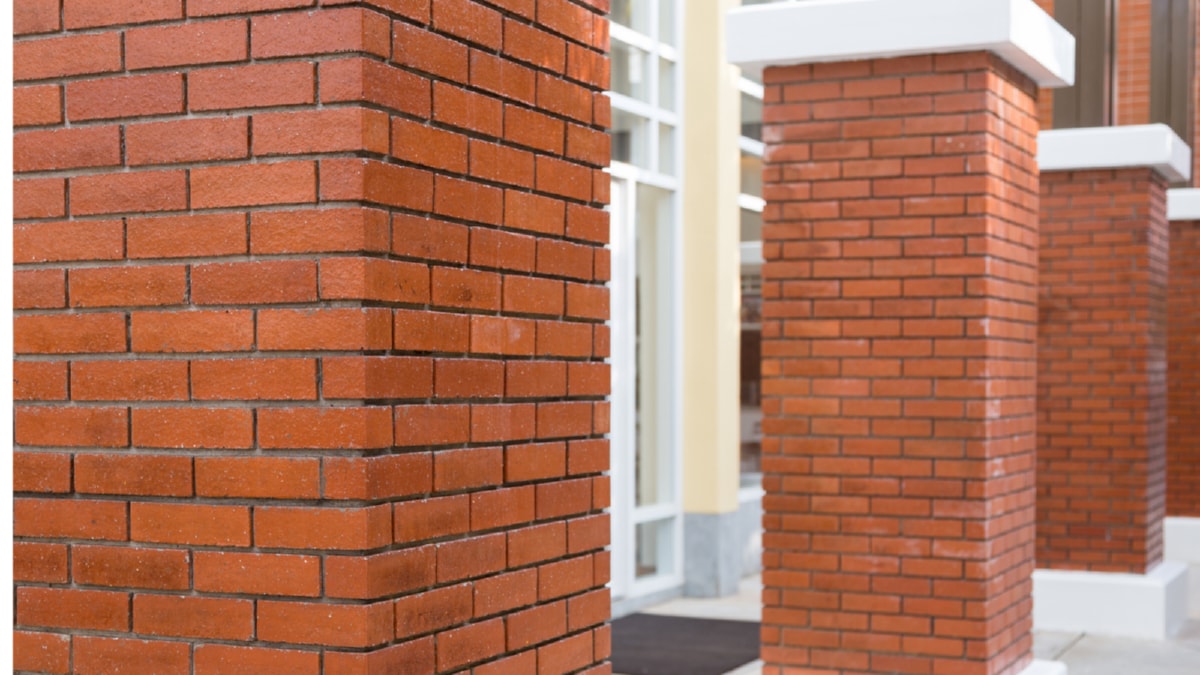Green building, also known as sustainable construction, is not a new concept, but it is one that has been gaining considerable traction in recent years. As we grapple with the realities of climate change and dwindling natural resources, the need for more sustainable ways of constructing and managing our built environment becomes increasingly urgent. This article aims to explore the future of green building, shedding light on the exciting innovations and trends that are shaping this burgeoning field.
In the past, green building was often considered a costly and complex process. However, advancements in technology and design have made it more affordable and accessible than ever before. One such innovation is Building Information Modeling (BIM), a digital representation of physical and functional characteristics of a facility. By creating a virtual design of a building before it’s built, BIM allows architects and engineers to optimize energy efficiency and sustainability from the outset. This technology not only reduces the environmental impact of construction but also leads to significant cost and time savings.
Another promising trend in green building is the use of renewable and recycled materials. From reclaimed wood and recycled steel to bio-based insulation and non-toxic paints, these materials not only reduce waste but also contribute to healthier indoor air quality. Moreover, the surge in the popularity of 3D printing in construction has opened up new possibilities for creating complex, custom-made components from recycled materials, further driving the circular economy in the construction sector.
Energy efficiency remains a cornerstone of green building, with architects and engineers continually seeking new ways to reduce energy consumption. One of the most exciting developments in this area is the rise of net-zero buildings – structures that generate as much energy as they consume. This is achieved through a combination of highly efficient design and renewable energy technologies, such as solar panels and wind turbines. With the cost of these technologies continuing to decrease, it is expected that net-zero buildings will become increasingly common in the future.
Water efficiency is another key area of focus in green building. New technologies, such as greywater recycling systems and rainwater harvesting, are being integrated into building designs to reduce water usage and waste. These systems not only conserve water but also reduce the burden on municipal water supplies and wastewater treatment facilities.
The green building movement also goes beyond the physical structure. The concept of sustainable urbanism is gaining traction, which emphasizes the creation of communities that are not only environmentally friendly but also promote health, wellbeing, and social interaction. This includes the integration of green spaces, pedestrian-friendly design, and amenities that encourage active lifestyles.
In conclusion, the future of green building looks bright. With continuous advancements in technology and a growing recognition of the importance of sustainable construction, we can expect to see more buildings that are not only environmentally friendly but also healthier, more comfortable, and more enjoyable places to live and work. The journey towards a more sustainable built environment is a challenging one, but it is also an exciting opportunity to reshape our world for the better.
For more details, check best interlocking services Toronto or visit their business listing here.



